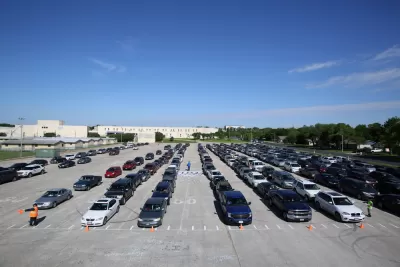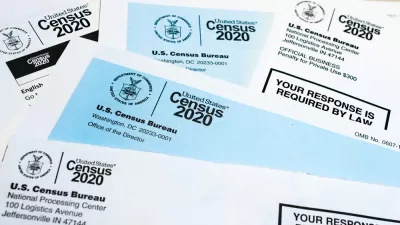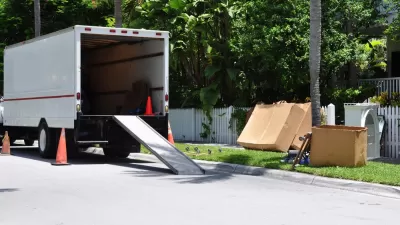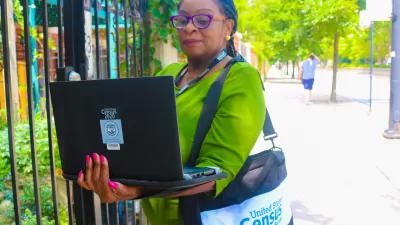Robust assistance programs kept millions of households out of poverty last year.

According to the Census Bureau, last year’s pandemic assistance programs helped millions of Americans climb out of poverty, report Ben Casselman and Jeanna Smialek. "In the latest and most conclusive evidence that poverty fell because of the aid, the Census Bureau reported on Tuesday that 9.1 percent of Americans were living below the poverty line last year, down from 11.8 percent in 2019."
This is the lowest figure since recordkeeping began in 1967, signaling the importance of government assistance in a year when millions lost jobs to the pandemic. "The decline in poverty last year was broad-based. It fell among all racial and ethnic groups, among all family types, and among Americans at every age and education level."
Rather than the federal government’s official poverty measure, these numbers reflect an alternative poverty rate, known as the Supplemental Poverty Measure, created by the Census Bureau. Unlike the official measure, this rate takes into account government assistance programs as well as regional differences in housing costs, medical expenses and other expenses.
"A White House economist, Jared Bernstein, said on Tuesday that the new poverty data should encourage lawmakers to enact the $3.5 trillion Democratic measure that includes much of Mr. Biden’s economic agenda, which the administration argues will create more and better-paying jobs."
FULL STORY: Census: Relief programs moved millions out of poverty

Planetizen Federal Action Tracker
A weekly monitor of how Trump’s orders and actions are impacting planners and planning in America.

Map: Where Senate Republicans Want to Sell Your Public Lands
For public land advocates, the Senate Republicans’ proposal to sell millions of acres of public land in the West is “the biggest fight of their careers.”

Restaurant Patios Were a Pandemic Win — Why Were They so Hard to Keep?
Social distancing requirements and changes in travel patterns prompted cities to pilot new uses for street and sidewalk space. Then it got complicated.

California Homeless Arrests, Citations Spike After Ruling
An investigation reveals that anti-homeless actions increased up to 500% after Grants Pass v. Johnson — even in cities claiming no policy change.

Albuquerque Route 66 Motels Become Affordable Housing
A $4 million city fund is incentivizing developers to breathe new life into derelict midcentury motels.

DC Area County Eliminates Bus Fares
Montgomery County joins a growing trend of making transit free.
Urban Design for Planners 1: Software Tools
This six-course series explores essential urban design concepts using open source software and equips planners with the tools they need to participate fully in the urban design process.
Planning for Universal Design
Learn the tools for implementing Universal Design in planning regulations.
Heyer Gruel & Associates PA
JM Goldson LLC
Custer County Colorado
City of Camden Redevelopment Agency
City of Astoria
Transportation Research & Education Center (TREC) at Portland State University
Camden Redevelopment Agency
City of Claremont
Municipality of Princeton (NJ)





























